GEOG3150 Semester 2
Revision Lecture
Dr Nick Malleson
Dr Alison Heppenstall
Click here for full screen
Outline
Lecture 1 - Geocomputation
The Art and Science of Solving Complex Spatial Problems with Computers.
Types of model
Statistical (Quantitative): Regression; multi-level; spatial interaction
GIS based: Map; network analysis; location allocation
Qualitative: Conceptual models, ?
Geocomputation: Agent-based model; cellular automata; microsimulation
Aggregate vs. individual
Lecture 2 - NetLogo
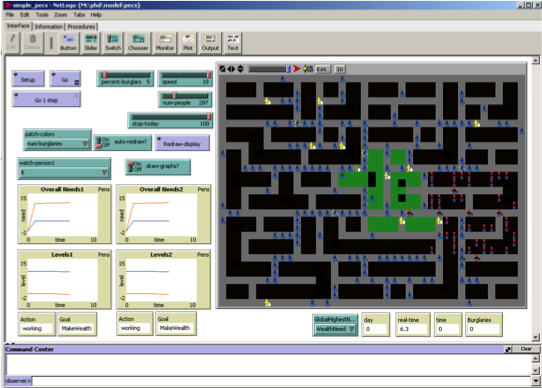
Programming is great!
Computational thinking teaches you how to tackle large problems by breaking them down into a sequence of smaller, more manageable problems. It allows you to tackle complex problems in efficient ways that operate at huge scale. It involves creating models of the real world with a suitable level of abstraction, and focus on the most pertinent aspects. It helps you go from specific solutions to general ones. http://yearofcode.org/
Tools for individual-level modelling
Turtles and Patches, Variables, Flow Control
Writing Nice Code
Lecture 3 - Social Simulation and Agent-Based Modelling
History of social simulation
Club of Rome, microsimulation, AI, ABM
Uses of simulation: predictive vs. explanatory
Agent-based modelling
Examples: SimCity, Playstation, LOTR
Advantages and disadvantages

Lecture 4 - Complexity and Emergence
Emergence
Simple rules → complex outcomes
A new kind of science? (Wolfram)
Cellular Automata and the Game of Life
Schelling's segregation
Non-linear dynamics

Linear: A bunnies tale
Non-linear: wolf-sheep predation. Changes to input values have a non-linear impact on the outcomes.
Understanding the interactions is the key
Seminar 1 - GIS and Geocomputation
Gilbert, Nigel and Klaus G. Troitzsch (2005) Simulation for the Social Scientist. Open University Press
Epstein, J.M., (2009) Modelling to contain pandemics. Nature 460, 687-687.
Lecture 4 - Complexity and Emergence

Non-linear dynamics
Mathematical example: the logistic map

Flocks and swarms
Boids
Simple rules → complex outcomes
Complex Systems: exhibit emergence and non-linearity
Chaos and the butterly effect
ABM great for modelling complex geographical systems
Lecture 5 - Interaction and Behaviour
Interactions
Global and Local
Direct and Indirect / mediated
Examples of modelling interactions in NetLogo
Lecture 5 - Interaction and Behaviour

Behaviour
Humans are not random
Pick a number!
Modelling behaviour
Keep it simple, stupid (KISS)
Keep it descriptive, stupid (KIDS)
Which behaviours are important? Literature, expert opinion, numerical experimentation, rigorous data analysis
Cognitive frameworks
Rule-based, PECS, BDI
Seminar 2: The ethics of individual-level modelling
Students played the ethics committee
Reviewing: "An agent-based model of violent offenders to reduce crime"
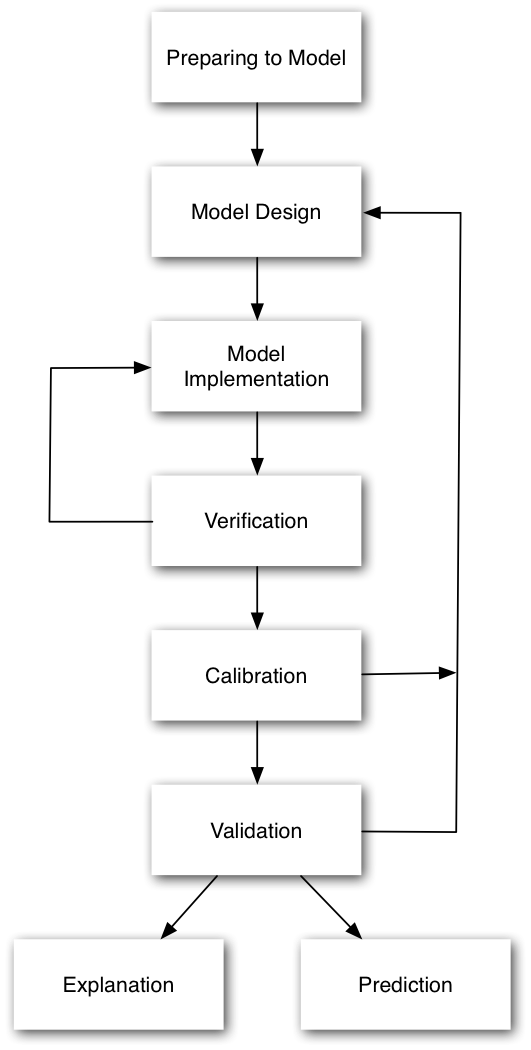
The Model Building Process
Preparation, design and building the model
The ODD protocol
Verification, Calibration, Validation
Prediction / Explanation
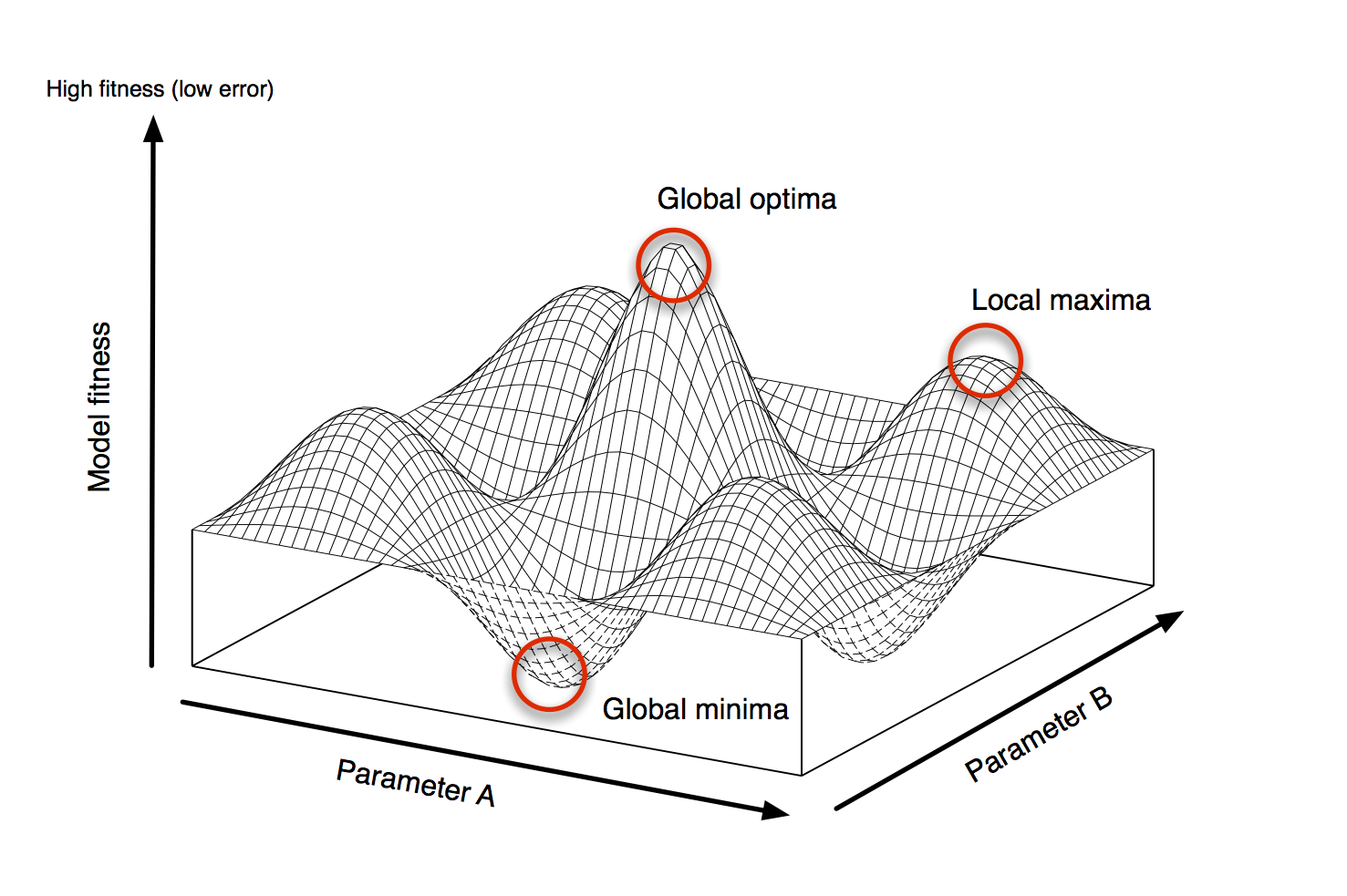
Seminar 3: Modelling Societal Challenges
Produce the outline for a model (or models) that can help to better understand a societal chalenge.
Challenge 1: Migration
Challenge 2: Disease Spread
Challenge 3: Economic Cycles
Lecture7: ABM and Geography
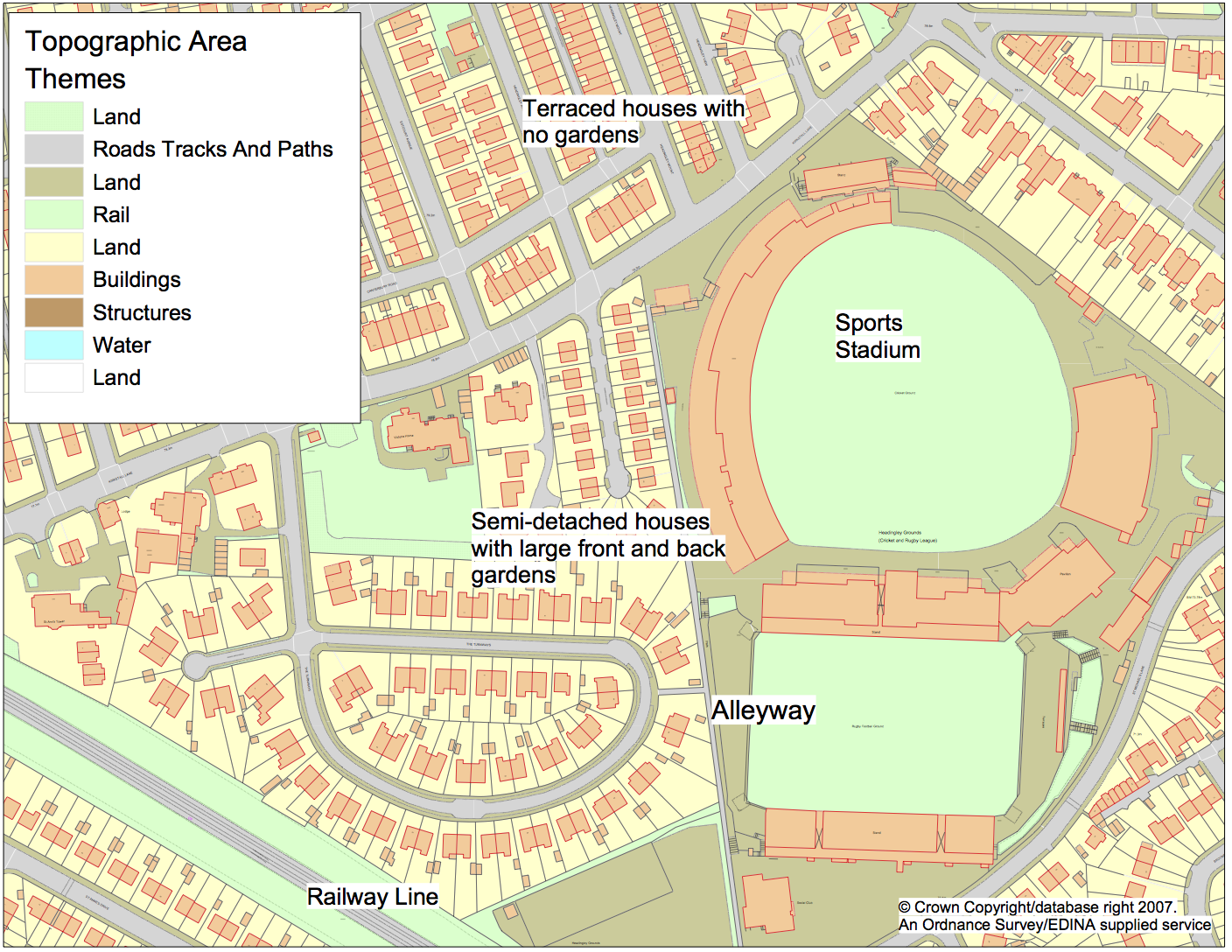
Reasons to model:
Explanatory
Predictive
The reason for modelling will influence your decisions over the modelling environment
Different types of 'geography'
Grids
Continuous space
Social network?
GIS

Lecture7: ABM and Geography
Loose coupling
The GIS and the model do not interact directly
Tight coupling
The GIS and model are integrated
Loose coupling is more efficient and flexible, but it can make interacting with the model more difficult.
Lecture 8: Simulation for Policy Modelling
Pedestrian modelling
Fluid dynamics / social forces
Magnetic model
Agent-based crowd models
Traffic modelling
Lecture 8: Simulation for Policy
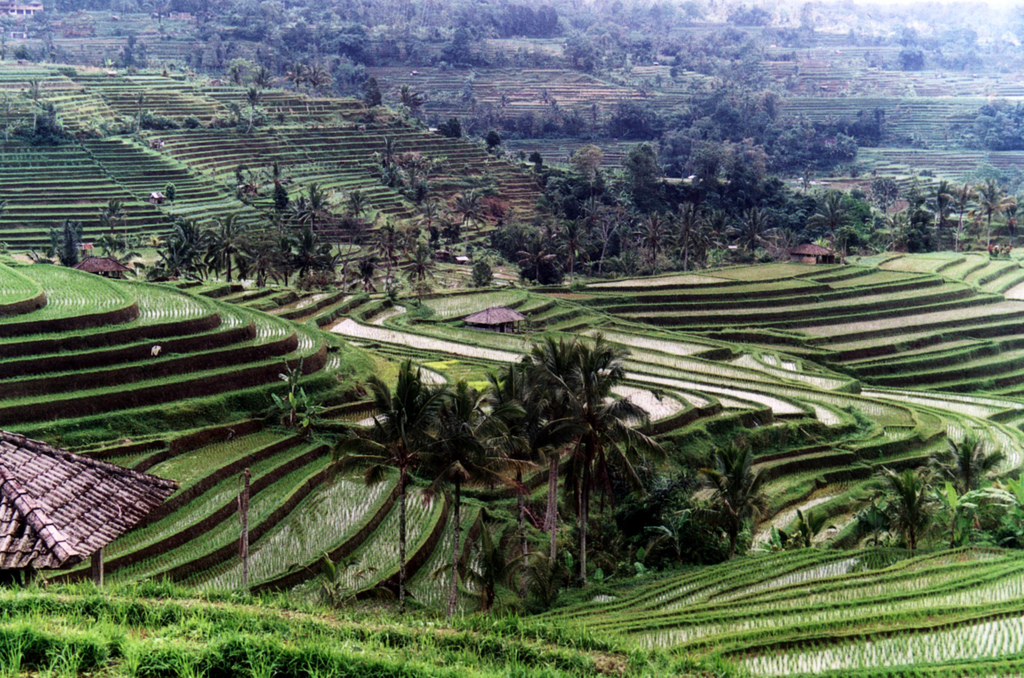
Attribution: Nick Leonard (CC BY-NC-SA 2.0)
To finish: the exam!
What do you need to know for the exam?
http://www.geog.leeds.ac.uk/courses/level3/geog3150/lectures/revision/